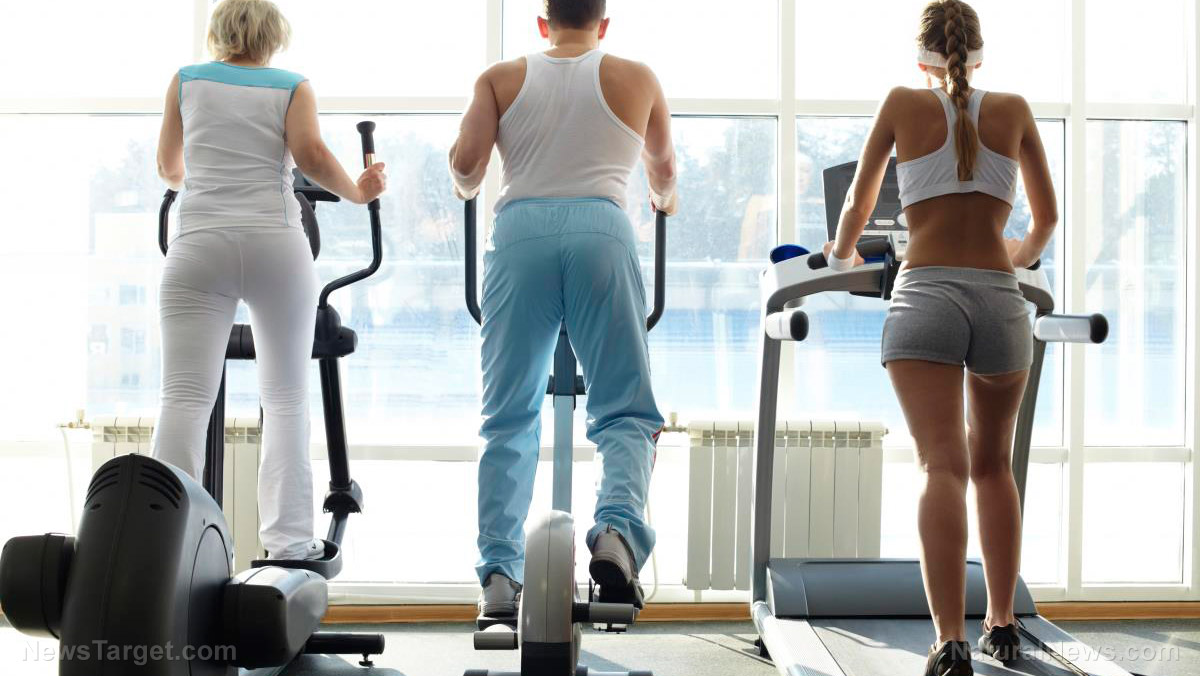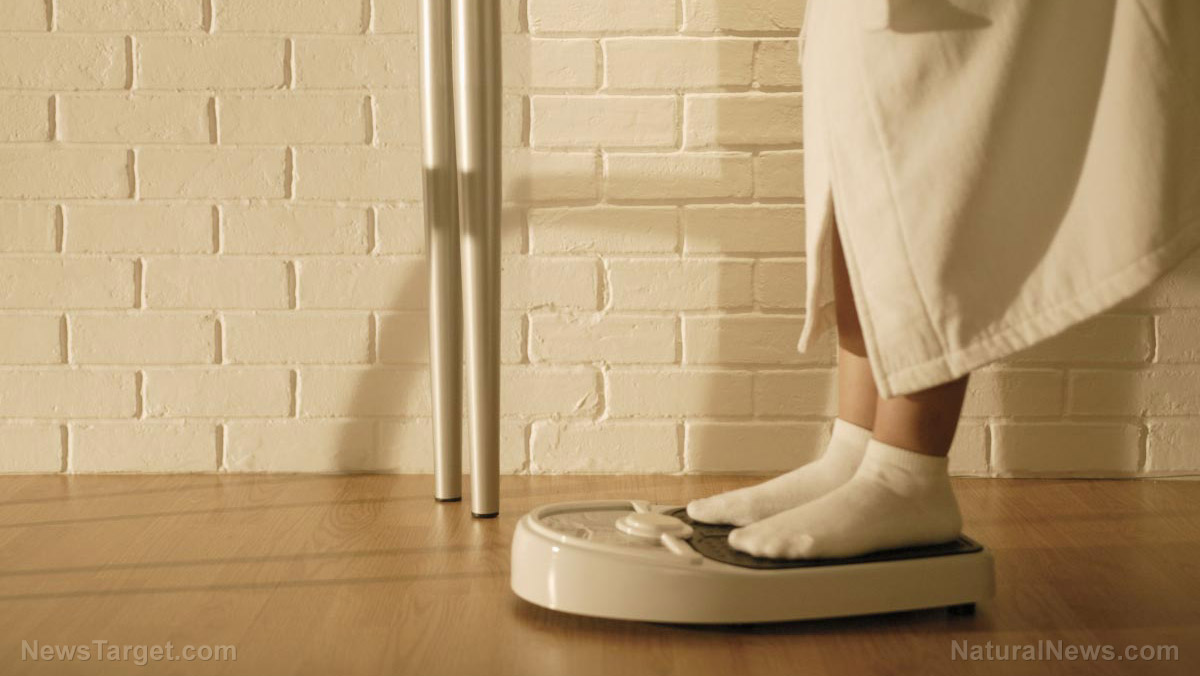Can you cycle while you work? Study shows cycling workstations can significantly boost employee health compared to standing desks
05/26/2019 / By Michelle Simmons

erDesk jobs require employees to sit in front of their computers for long hours. However, sitting for long periods can increase a person’s risk of diseases. As a preventive method, research recommends cycling workstations. A systematic review published in the journal Occupational & Environmental Medicine found that cycling workstations may be healthier than standing versions because they appear to be associated with greater positive physiological changes.
Because of the health risks of sedentary lifestyles, a growing body of research suggests that active workstations may help prevent these risks and boost productivity. However, the advantages and disadvantages of each type are not yet fully understood.
Therefore, researchers in Quebec, Canada compared the types of active workstations — standing, treadmill and cycling workstations — and their benefits. In the review, the researchers gathered 12 studies that examined the effect of active workstations on processing speeds, attention, short-term memory, muscles, and physiology, such as average heart rate, blood pressure, energy expenditure-perceived exertion and pain tolerance, and cognitive performance at work.
“With workers and the workplace slowly moving towards active workstations, future long-term studies integrating different types of active workstations should be conducted in order to provide additional evidence,” the researchers noted.
The researchers found that all types of workstations were linked to a short-term boost in productivity. However, cycling and treadmill workstations appeared to cause greater short-term physiological changes compared to standing workstations, which could be better for health in the long run. Treadmill and cycling workstations caused increases in heart rate and energy expenditure, while lowering blood pressure during the working day. These workstations also enhanced alertness and decreased boredom more than standing versions did. Additionally, treadmill versions were associated with lower stress scores.
Compared with standing workstations, treadmill workstations got people moving and increased upper body muscular activity more. However, because treadmill workstations required more movement, productivity may be affected. While cycling workstations improved simple processing task speeds the most, treadmill workstations slowed these tasks because they interfered with fine motor skills, such as typing, mouse pointing, and keyboarding. These findings indicate that the advantages and disadvantages of each workstation may not be directly comparable, and employers need to weigh in which type would cater to the needs of their employees. (Related: If “sitting is the new smoking,” who is responsible for the health consequences of desk jobs?)
“Ultimately, workers and corporations should be able to critically examine the benefits and limitations of each type of workstation and determine which is most appropriate for the worker’s specific needs and tasks,” they concluded.
Health risks of sitting all day long
The U.K.’s National Health Service (NHS) reports sitting for too long can slow metabolism, affecting the body’s ability to regulate blood sugar, blood pressure, and break down body fat. Studies also found a link between sitting for long periods and being overweight and obese, Type 2 diabetes, some types of cancer, and early death. Sitting for too long can also cause neck tightness, should pain and/or clicking, elbow and wrist aches, and fatigue.
To reduce the risk of ill health from being sedentary, one should exercise for at least 150 minutes every week. Find out more about what you can do to stop the onslaught of sickness and disease by visiting Prevention.news.
Sources include:
Tagged Under: cycling workstations, desk jobs, desk workers, employee health, exercise, fitness, metabolism, office job, office worker, physical activity, research, sedentary, sitting, slender, standing desks, treadmill workstations, workplace health
RECENT NEWS & ARTICLES
COPYRIGHT © 2017 FIGHTOBESITY.NEWS
All content posted on this site is protected under Free Speech. FightObesity.news is not responsible for content written by contributing authors. The information on this site is provided for educational and entertainment purposes only. It is not intended as a substitute for professional advice of any kind. FightObesity.news assumes no responsibility for the use or misuse of this material. All trademarks, registered trademarks and service marks mentioned on this site are the property of their respective owners.


















